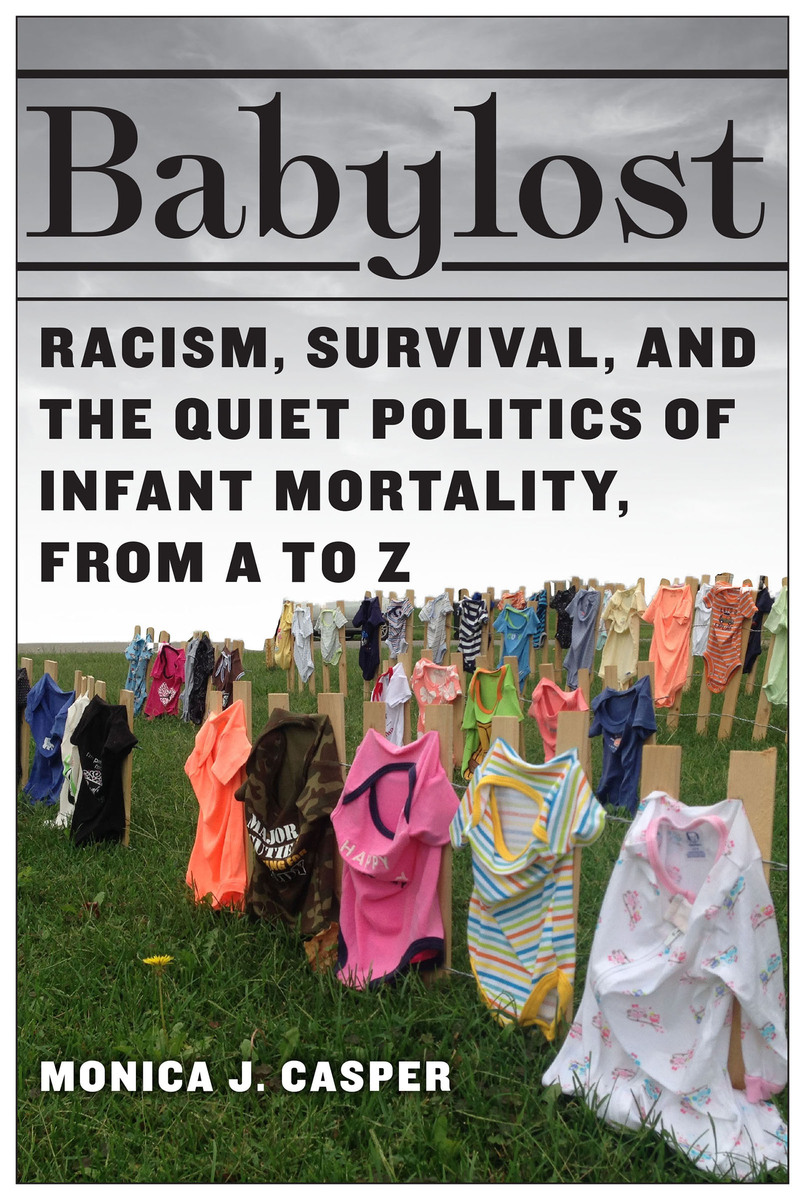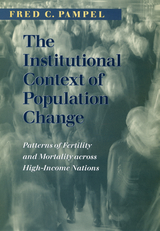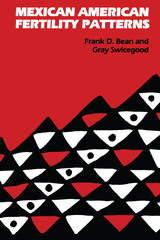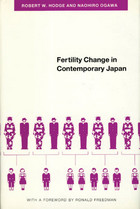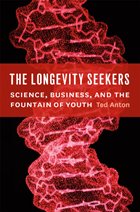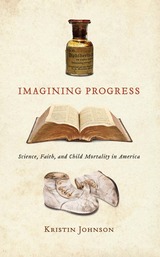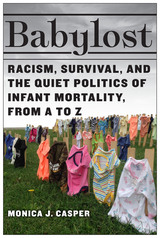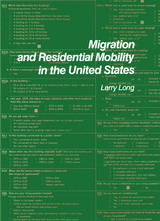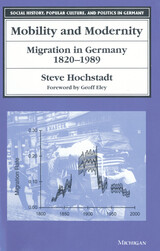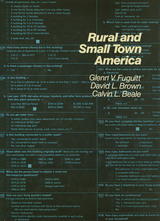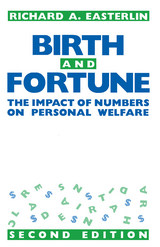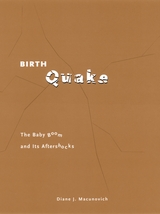Babylost: Racism, Survival, and the Quiet Politics of Infant Mortality, from A to Z
Rutgers University Press, 2021
Cloth: 978-1-9788-2595-6 | Paper: 978-1-9788-2594-9 | eISBN: 978-1-9788-2596-3 (ePub NK) | eISBN: 978-1-9788-2597-0 (Kindle) | eISBN: 978-1-9788-2598-7 (PDF)
Library of Congress Classification HB1323.I42U6336 2022
Dewey Decimal Classification 304.64083
Cloth: 978-1-9788-2595-6 | Paper: 978-1-9788-2594-9 | eISBN: 978-1-9788-2596-3 (ePub NK) | eISBN: 978-1-9788-2597-0 (Kindle) | eISBN: 978-1-9788-2598-7 (PDF)
Library of Congress Classification HB1323.I42U6336 2022
Dewey Decimal Classification 304.64083
ABOUT THIS BOOK | AUTHOR BIOGRAPHY | REVIEWS | TOC
ABOUT THIS BOOK
The U.S. infant mortality rate is among the highest in the industrialized world, and Black babies are far more likely than white babies to die in their first year of life. Maternal mortality rates are also very high. Though the infant mortality rate overall has improved over the past century with public health interventions, racial disparities have not. Racism, poverty, lack of access to health care, and other causes of death have been identified, but not yet adequately addressed. The tragedy is twofold: it is undoubtedly tragic that babies die in their first year of life, and it is both tragic and unacceptable that most of these deaths are preventable. Despite the urgency of the problem, there has been little public discussion of infant loss. The question this book takes up is not why babies die; we already have many answers to this question. It is, rather, who cares that babies, mostly but not only Black and Native American babies, are dying before their first birthdays? More importantly, what are we willing to do about it? This book tracks social and cultural dimensions of infant death through 58 alphabetical entries, from Absence to ZIP Code. It centers women’s loss and grief, while also drawing attention to dimensions of infant death not often examined. It is simultaneously a sociological study of infant death, an archive of loss and grief, and a clarion call for social change.
See other books on: Discrimination in medical care | Health and hygiene | Health aspects | Mortality | Survival
See other titles from Rutgers University Press
